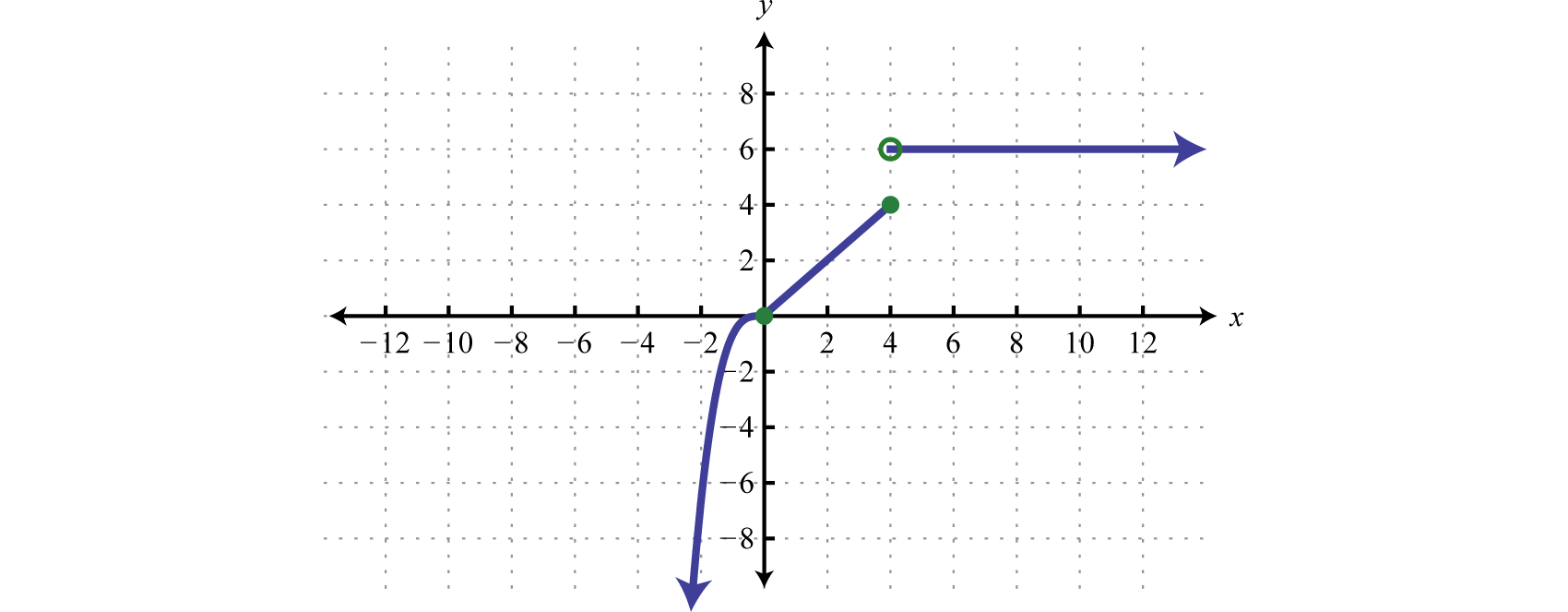

So the graph crosses the y-axis at the point (0, -5). The y-intercept is the point on the graph when $latex x = 0$. Since the slope is positive, we know that the line will grow from left to right. We are going to use these characteristics to graph these functions. We need to find the slope and the y-intercept of the linear functions. That is, the slope is the change in the values of y over the change in the values of x. The slope in a linear function is equal to the rate of change in the output values over the rate of change of the input values. The second characteristic of linear functions is the slope, m, which is a measure of the steepness of the line. To find the y-intercept, we simply use the value $latex x = 0$ as the input in the function. The first characteristic is the y-intercept, which is the point when the value of x is 0. Instead of using points, another way to graph linear functions is by using the main characteristics of linear functions. Graphs of linear functions using the slope and y-intercept Step 4: Graph the Cartesian coordinates on a grid. Step 3: Use the resulting output values to form Cartesian coordinates. Step 2: Evaluate the function at each input value. Step 1: Choose a minimum of two input values.
#Graph functions how to#
How to graph a linear function using points? Thus, if the line does not pass through the three points, we know that we made a mistake.

To avoid making mistakes, we can use three points. Using the input value 2, we obtain the output value 4, forming the point with coordinates (2, 4). By evaluating the function with the input value 1, we obtain the output value 3, which forms the point with Cartesian coordinates (1, 3). We have to evaluate the function with at least two different input values to obtain at least two different points to be able to graph the function.įor example, if we have the function $latex f(x)=x+2$, we can use the input values 1 and 2. The result is a NumPy array.We can use different input values and evaluate the function with those values to get different Cartesian coordinates. To set the x-axis values, we use the np.arange() method in which the first two arguments are for range and the third one for step-wise increment.Here, we use NumPy which is a general-purpose array-processing package in python. Get all rows in a Pandas DataFrame containing given substring.Selecting rows in pandas DataFrame based on conditions.Python | Creating a Pandas dataframe column based on a given condition.Create a new column in Pandas DataFrame based on the existing columns.Adding new column to existing DataFrame in Pandas.

Convert the column type from string to datetime format in Pandas dataframe.Python | Convert string to DateTime and vice-versa.Python | Difference between two dates (in minutes) using datetime.timedelta() method.Python program to find number of days between two given dates.How to get column names in Pandas dataframe.Box plot visualization with Pandas and Seaborn.Python | Visualize graphs generated in NetworkX using Matplotlib.Directed Graphs, Multigraphs and Visualization in Networkx.
#Graph functions software#
#Graph functions full#


 0 kommentar(er)
0 kommentar(er)
